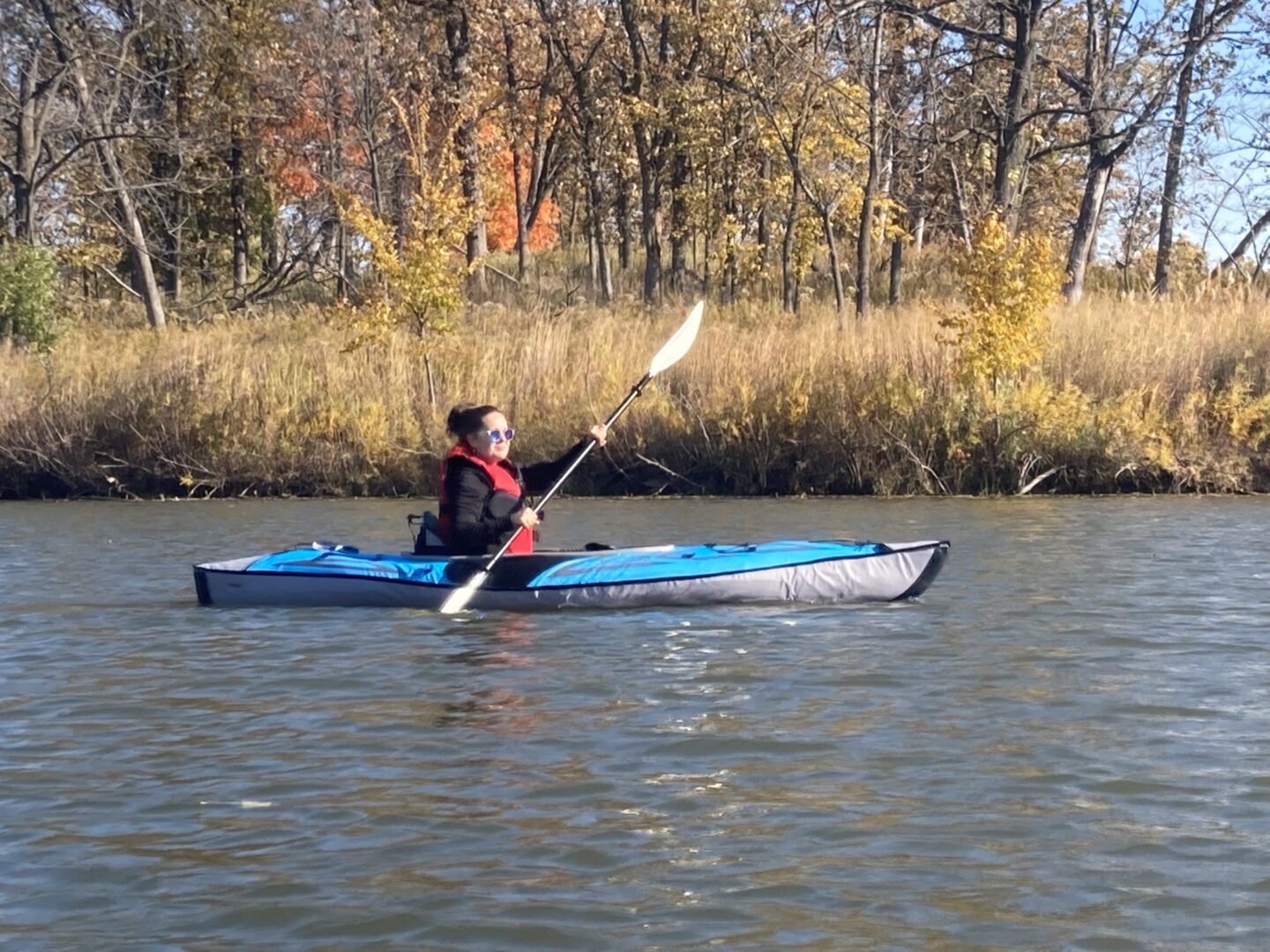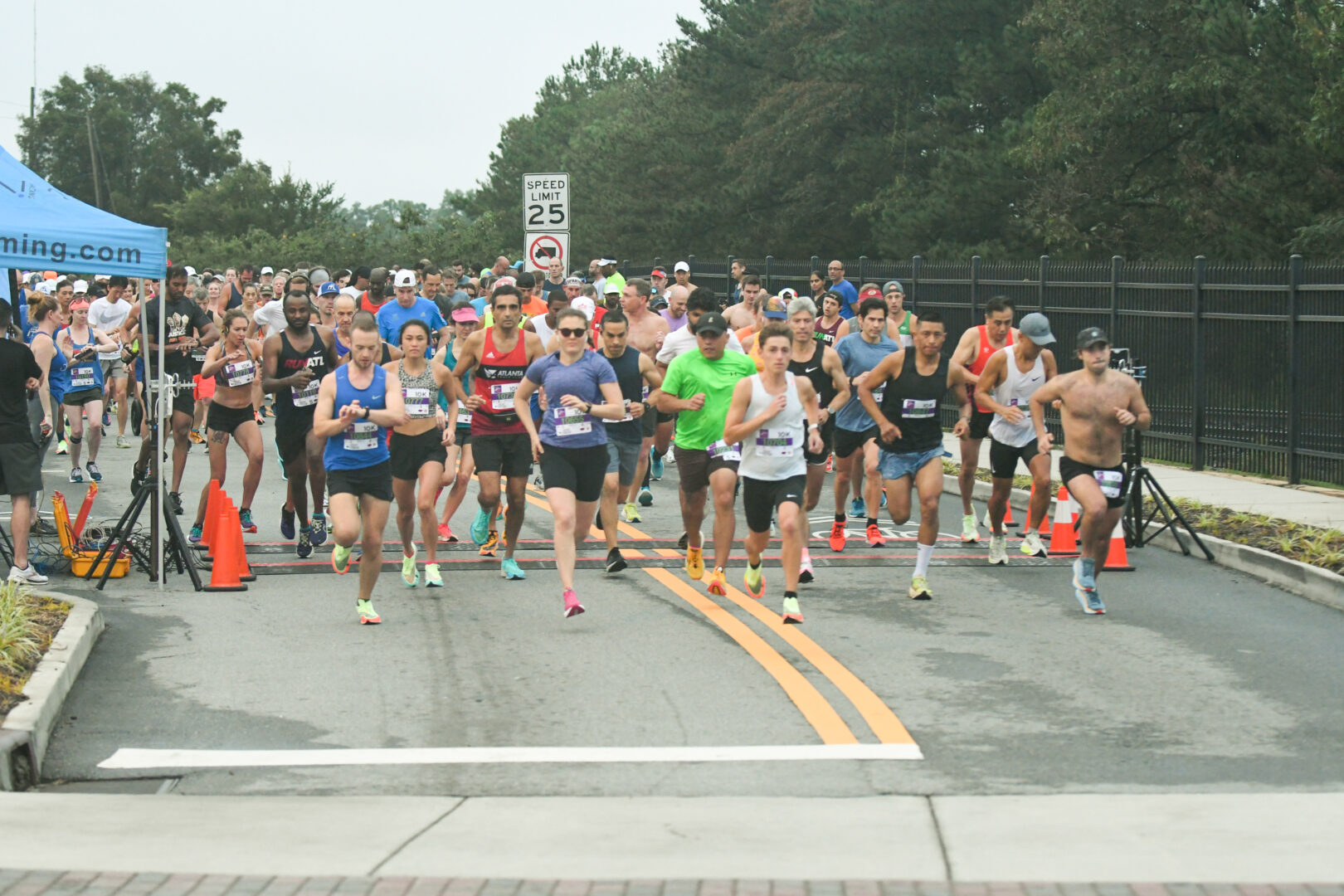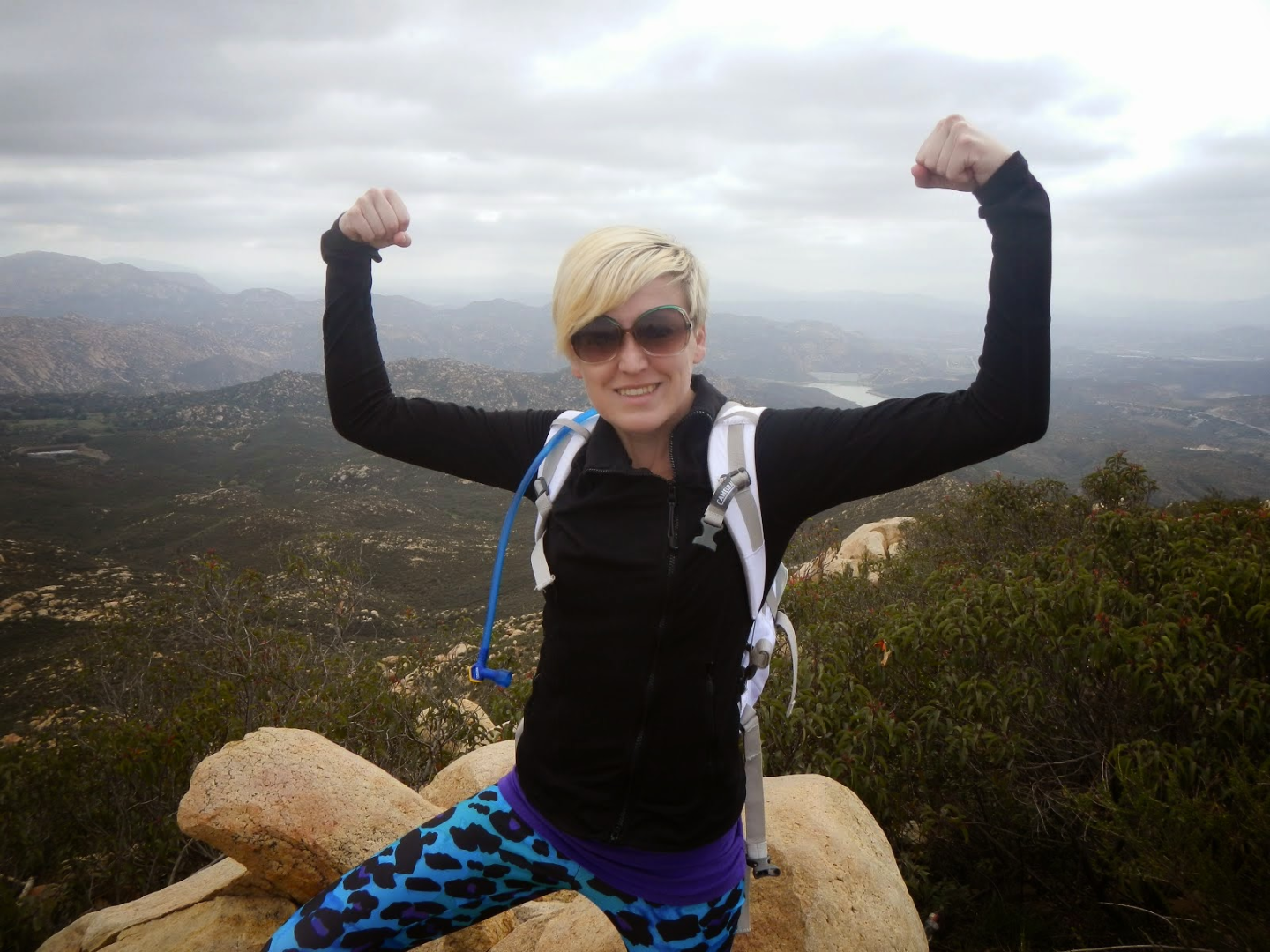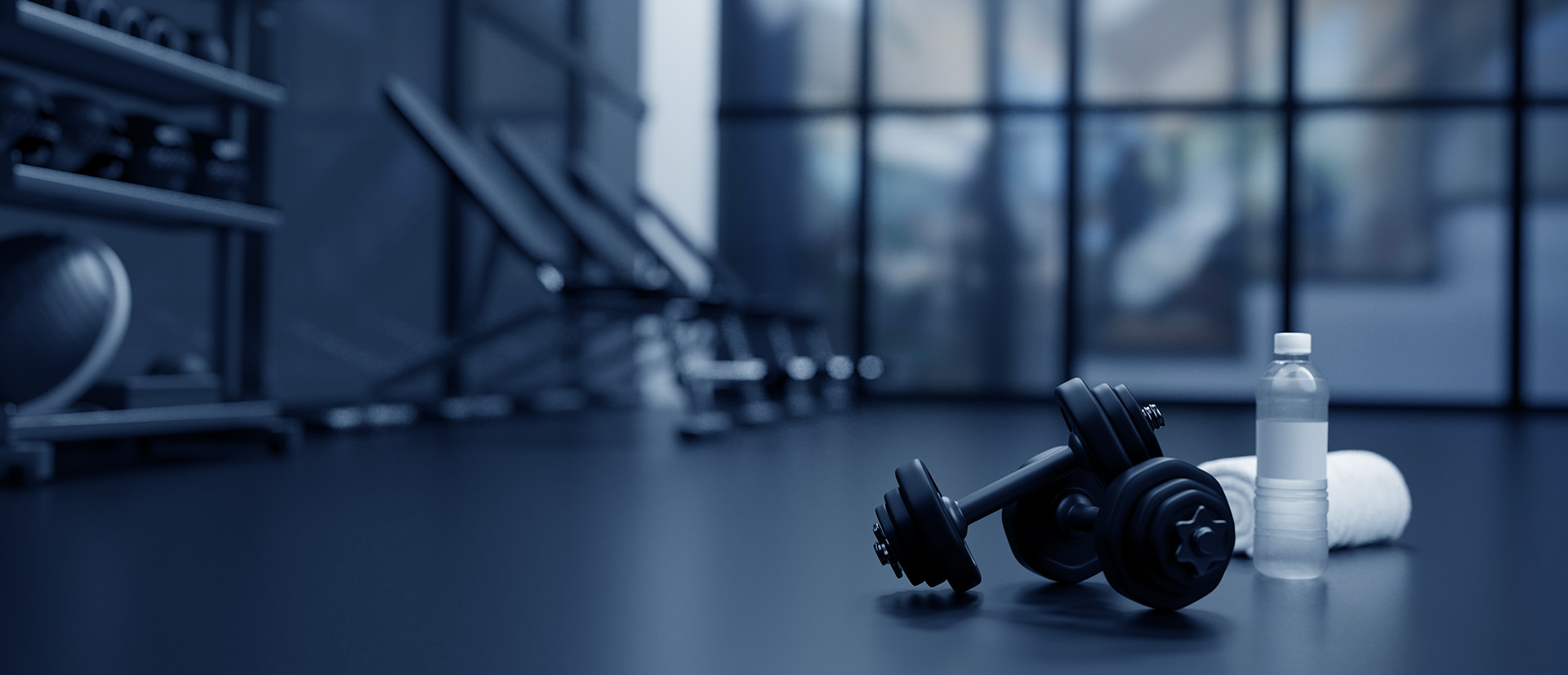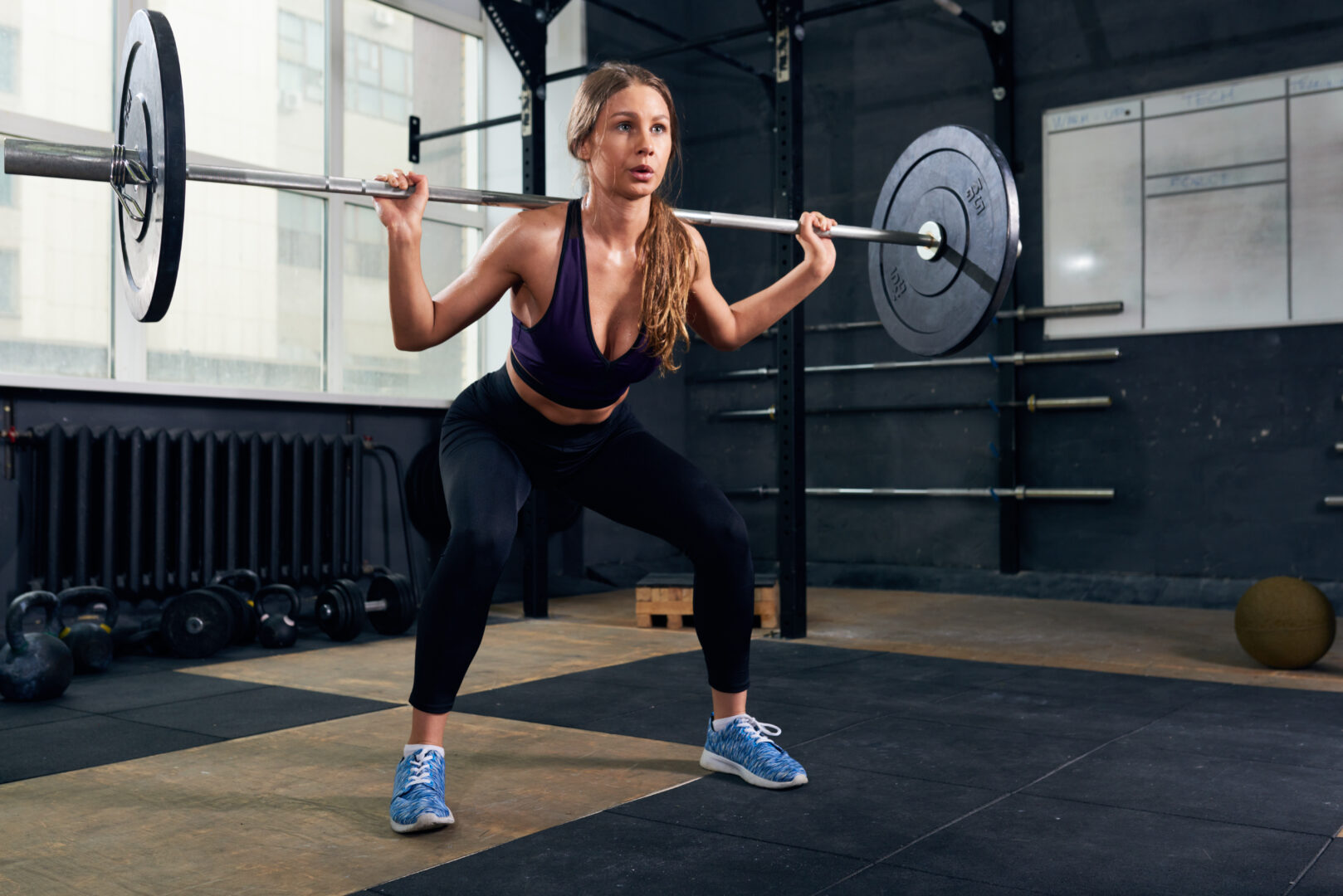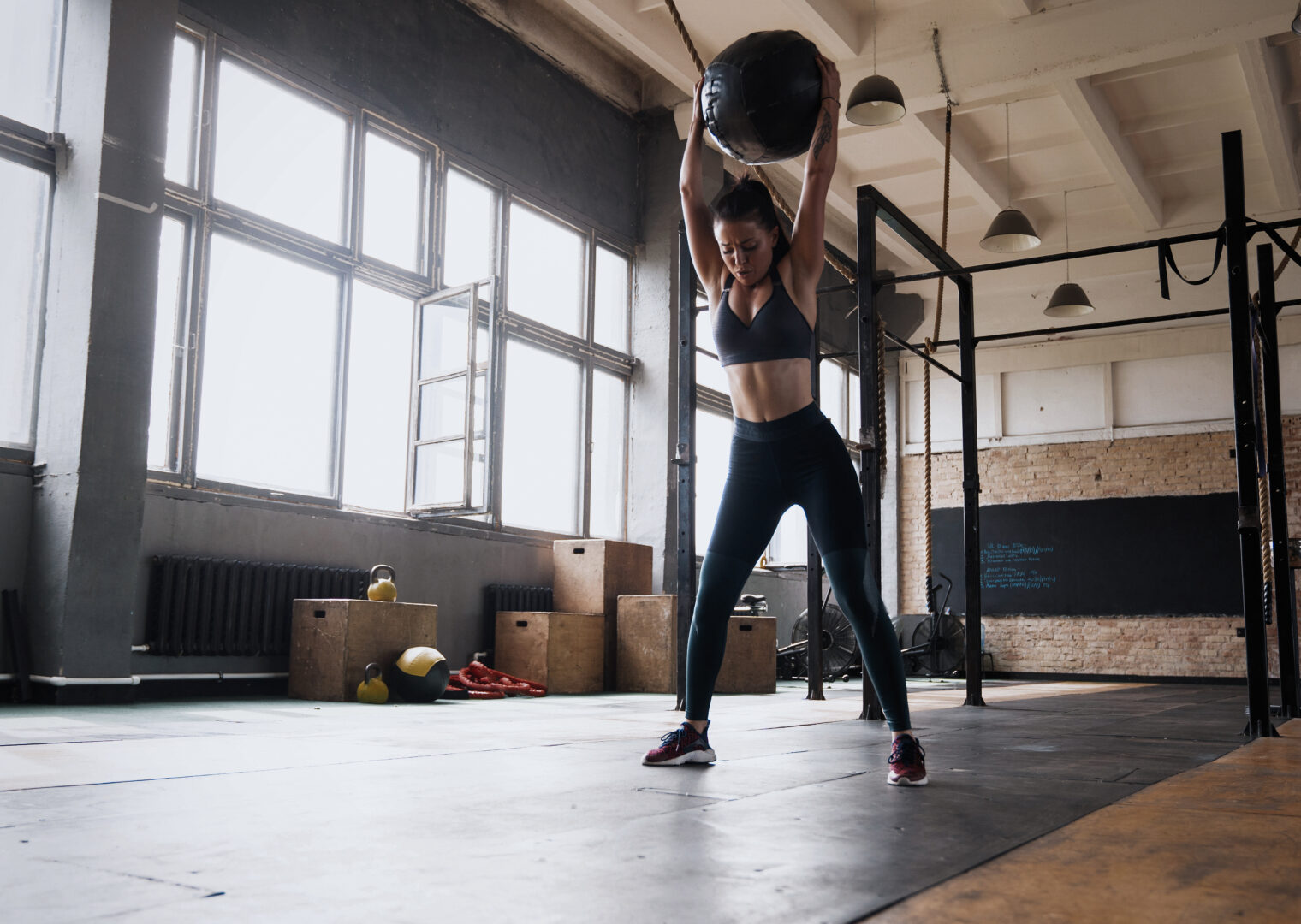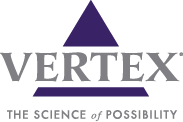by Colin Butler
Vertex Education Ambassador
When you get right down to it, getting stronger is simple: lift something heavy, lower it, repeat for the prescribed number of reps. However, if that’s all you do in your training, you’re leaving out an important aspect of athleticism that is essential for your health and longevity: power.
The terms “strength” and “power” often get mixed up which makes knowing how to train for you goals confusing (I’m looking at you “power lifting”), and while they can be related to each other, they’re two different skills that need different training methods to develop.
What is strength?
Strength training trains the ability to move as much weight as possible from point A to point B for a given number of repetitions. Strength training isn’t just for those looking to build muscle (though you can do that, too), it also boosts the strength you need in your daily life making everyday tasks less strenuous.
For improving strength, you will use heavier weights in your exercises over time; this is referred to as the “Principle of Progression” where you consistently add weight or repetitions to continue to progress. If someone is a beginner and new to strength training, they can increase power by strength training alone as the nervous system begins to adapt by functioning better with external weight.
Conversely, power is the ability to produce force quickly. Producing force is half of the equation for power; you can’t have power if you are not producing force. This is where strength and power are related even if they’re not quite the same thing. Without being strong, you can’t produce as much force in movement, limiting how much power you can produce.
How do you train to get stronger?
Work with challenging weights within the 1 to 5 rep range and go close to failure meaning your technique starts to break down. Select exercises that train a large amount of muscle mass at once and provide the biggest bang for your buck. For the lower body, choose squat based exercises, like barbell squats, single leg squat exercises, like lunges, and hinging exercises, like deadlifts or Romanian deadlifts. For the upper body, choose pressing-based exercises, like the dumbbell bench press, and pulling-based exercises, like the dumbbell row.
It’s important to use heavy loads that challenge you but remember to slow cook the training process. This means that you shouldn’t try to set a new PR every time you train but aim to slowly add weight over time as you continue to focus on technique. A simple way to get stronger is to add 5 pounds to a barbell every few training sessions.
If you’re training for strength gain, then it’s recommended that you increase the amount of time you rest in between sets. Typically, a good rest period to aim for is around 3-5 minutes. Even though you’re doing fewer reps, you’re lifting at a much higher weight which means that you’re going to need all the rest you can get.
Center your workout around these lifts. Make sure that you complete them first so that you feel refreshed to get the most out of them. Then, afterwards, you can include any other accessory lifts that complement the main lifts. While these accessory lifts can help improve any areas and tighten your weaknesses, focusing on movements that involve multiple joints moving like deadlifts, squats, lunges, presses, and rows will mean that you’re getting the most out of your strength training and will see faster results.
What is power?
Power also is the ability to exert force in a single motion, but this time it includes the stipulation of moving weight as quickly as possible.
Typically, the weight is lower, and the movement speed is higher in power training. When selecting exercises to use for power training, you can take just about any exercise you do for strength training. Lower the weight (typically by around 50%) and move the weight as quickly as possible by making the concentric part of the movement – the part where you work against gravity – as fast as possible with good technique and control the rest of the movement. For example, if you start with the weight above your head and your arms are extended, slowly lower the weight down, and push as hard as you can to extend your arms.
The most popular movements for improving power are Olympic lifts like cleans, snatches, or jerks. These movements, however, are complex movements that can take a while to learn and perfect and have a higher risk of injury if not taught or executed correctly. if you don’t have a trainer, I recommend explosive movements, like loaded and unloaded jumps, using weights or bands for the lower body. For upper body movements, I recommend using medicine balls to improve power by throwing them as far as you can. These exercises are easier to learn, with lower risk of injury, and can help you produce power and improve in a shorter time.
For most sports, power is the most important characteristic to develop. When I think about power, I associate it with the athlete who can produce movement the fastest in specific movements of their sport.
How do you train to get more powerful?
The rules for training for power are like those with strength training; focus on the 1 to 5 rep range using compound exercises that train a large amount of muscle mass at once and rest 3 to 5 minutes between sets to make sure you’re adequately recovered. The main difference between the two will come down to the perceived intensity during the set. In strength training, you want to go close to technical failure to induce an adequate stimulus to get stronger, but in training for power, it’s important to move as quickly as possible and not feel a lot of strain when moving. If the movement becomes too difficult, lower the weight, or reduce the number of reps.
Should I focus on strength or power?
It depends on your goals because both will have their own benefits.
By improving your strength, you can really enhance your quality of life due to better, well, strength. It also develops your balance and coordination as well as your ability to complete everyday tasks like carrying groceries from your car to the kitchen. You’ll find that these daily tasks will come much easier to you, which in turn, will make life easier. In addition, you will have better posture so that even minute things like sitting in a chair or walking around, can be greatly improved and be much more ergonomically beneficial.
It can reduce the chances of developing diseases and chronic conditions like lower back pain, obesity, depression and anxiety, heart disease and diabetes. Decreasing the risk of osteoporosis is another reason why strength is so important. Strength training increases the density of your bones as well as builds your tendons and ligaments.
On top of all these amazing physical benefits, strength can really build your confidence and make you feel good about yourself. Being able to lift heavier than what you used to can really boost your self-esteem, which you can take out of the gym and into your everyday life. Seeing aesthetic changes to your appearance is also a nice bonus to all your hard work and can be very rewarding.
Power training involves fast reaction times, lots of jumping and hopping and is high intensity in nature, and it can do wonders for your cardiovascular endurance. You’ll teach your body to not only pump more blood but also how to return to your normal state faster after you’ve finished training. You’ll be able to recover much quicker and keep your heart healthy at the same time. This also comes with the bonus of improved movement efficiency. Your body will learn how to generate force while using the least amount of energy possible, so you’ll be able to do more for less.
With power training, your ability to react to things will improve. This will be beneficial because it’ll assist in protecting your body from potential injury that’ll be handy not just in the gym but also in everyday life. Power exercises mean that you will get better at skills that are not only beneficial in sport performance but also in day-to-day life. You’ll be able to run faster and jump higher and further and move with explosiveness and speed.
Special Thanks to our Education Ambassador Sponsor:
